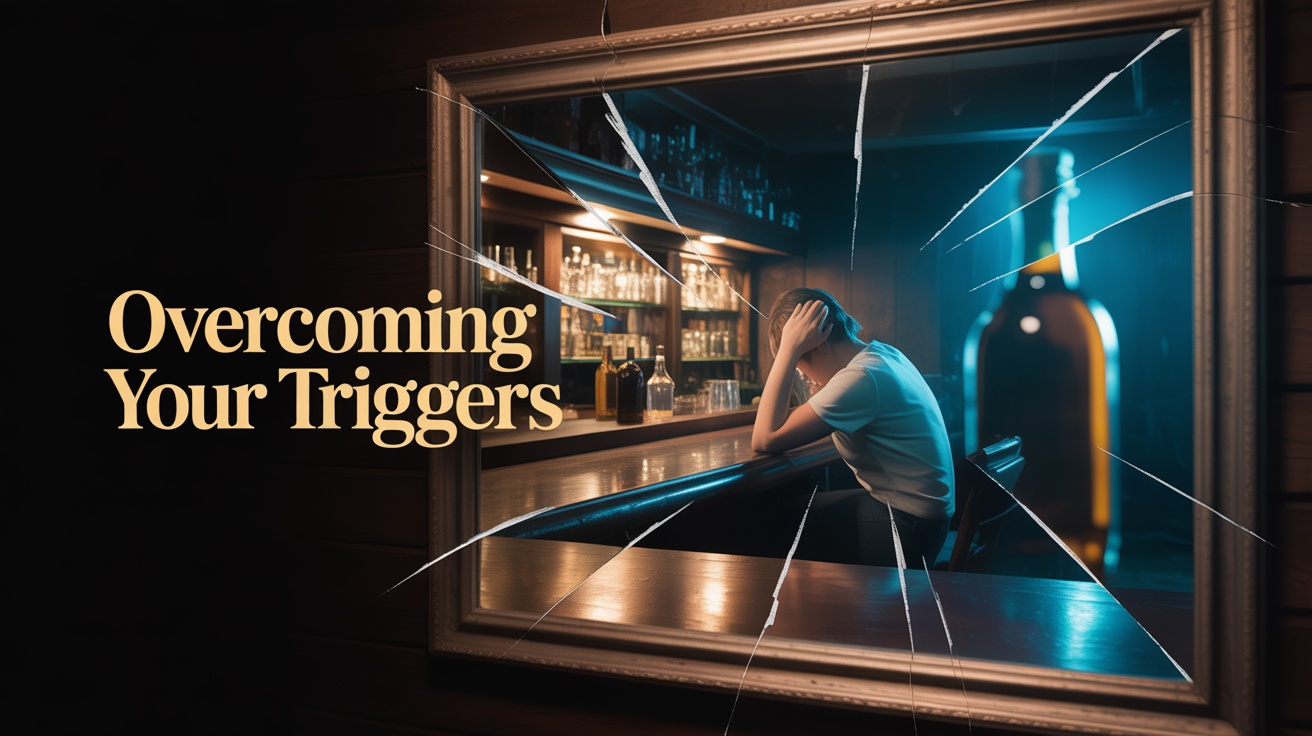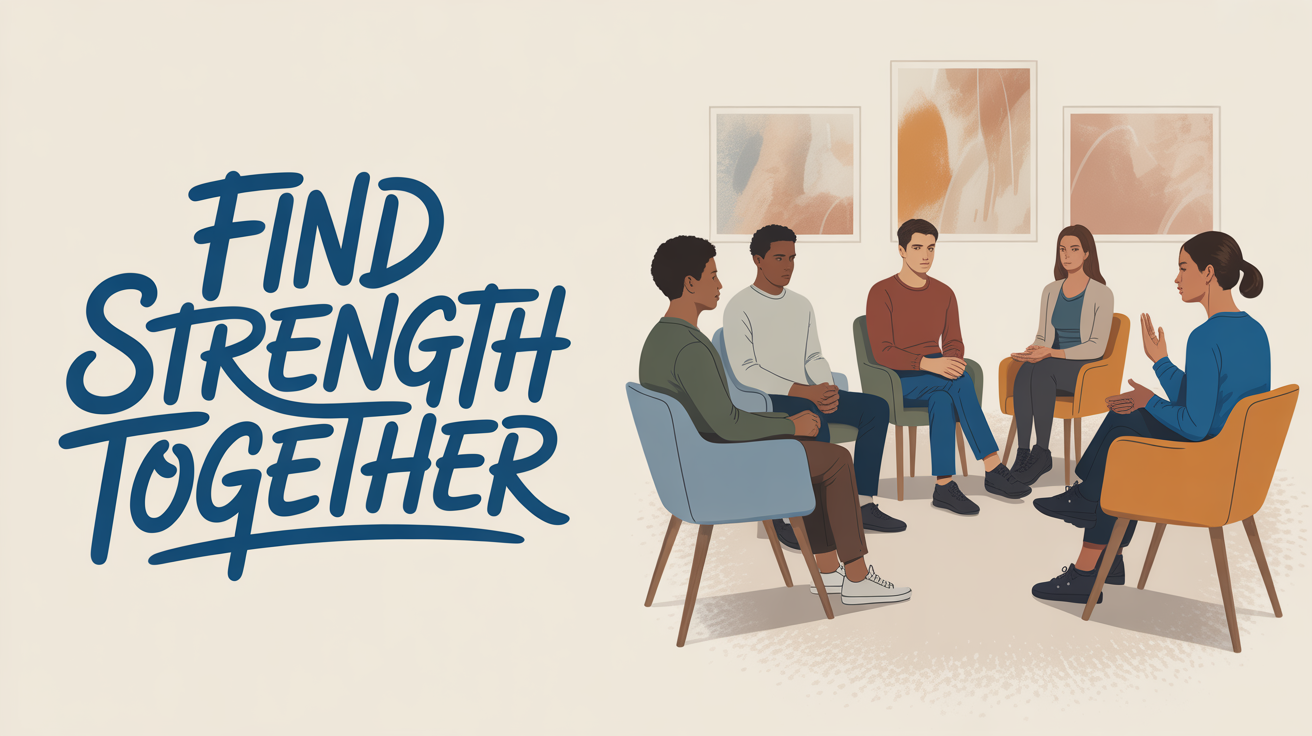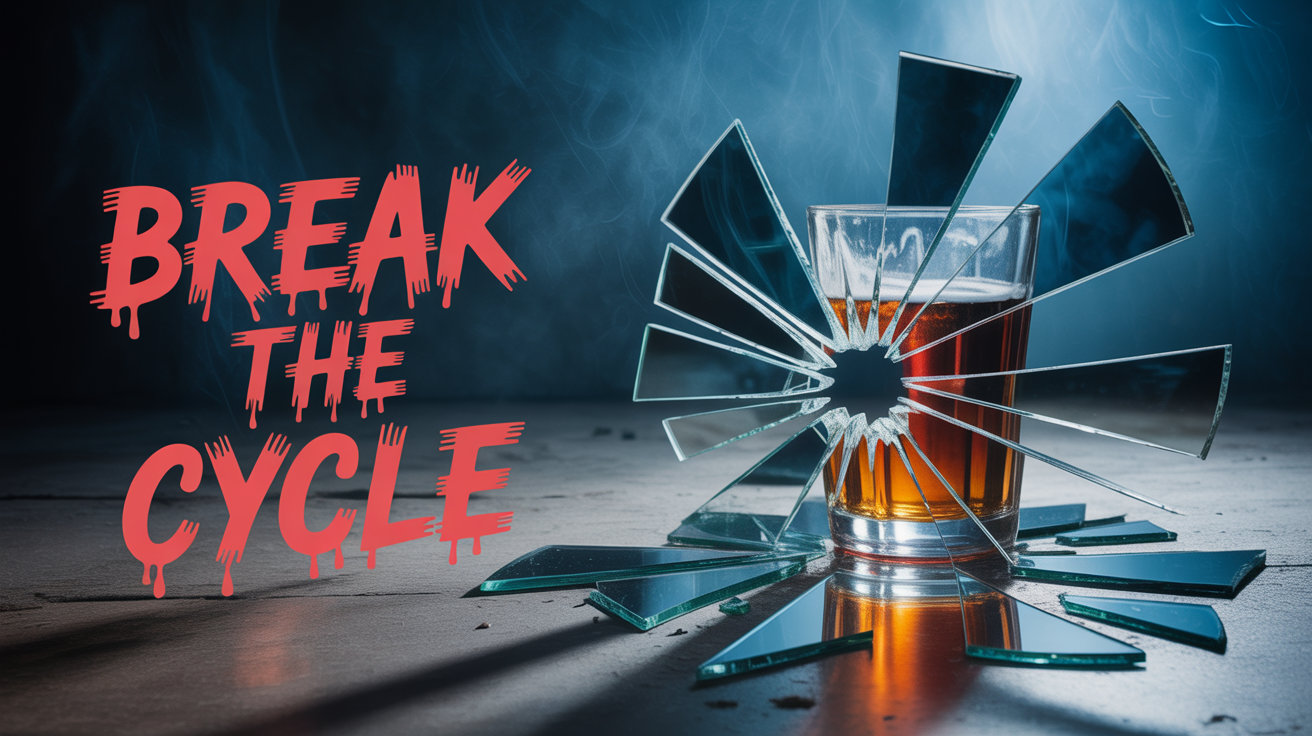Addiction Triggers & Cravings
Understanding Addiction Triggers: Keys to Recovery and Lasting Sobriety
Addiction recovery isn’t just about saying no to substances—it’s about learning how to manage the situations, feelings, and memories that can push you back toward use. These are called triggers, and if left unaddressed, they can lead to relapse. Studies show that nearly 60% of people in recovery face relapse within the first year, often because of unmanaged triggers.
The good news is that triggers can be identified, understood, and managed. With the right tools, self-awareness, and support, you can turn trigger management into a powerful pathway for long-term sobriety.
This guide will cover seven important areas:
What addiction triggers are and why they matter
How to identify your personal triggers
Common categories of triggers
Coping and relapse prevention strategies
Therapeutic approaches that work
Tips for maintaining long-term sobriety
When it’s time to seek professional help

What Are Addiction Triggers and Why Do They Matter?
Addiction triggers are cues—internal or external—that spark cravings and make sobriety feel harder. They might be emotions, memories, places, or even certain people. When you recognize your triggers, you gain the power to step in early and protect your recovery.
According to the National Institute on Drug Abuse, addiction is deeply tied to how the brain’s reward system works. Triggers light up that system, making cravings stronger and self-control weaker. That’s why understanding them is such a key part of relapse prevention.
Types of Addiction Triggers
Not all triggers are the same. Most fall into four main categories:
Emotional triggers – stress, sadness, loneliness, or even boredom
Environmental triggers – places, objects, or reminders of substance use
Social triggers – people, parties, or certain conversations that bring back old habits
Physical triggers – withdrawal symptoms, fatigue, or other body-related stressors
By noticing which category your cravings fall into, you can build a plan that works for your specific challenges.

How to Identify Your Personal Triggers
Self-awareness is the first step. Some ways to spot your triggers include:
Pay attention to your body – notice changes like a racing heart or sudden tension.
Track your moods – irritability, restlessness, or obsessive thoughts often signal a trigger.
Journaling – write down when cravings happen, what you were feeling, where you were, and who you were with. Over time, patterns will appear.
Use tools – craving tracker apps, worksheets, or mood journals can provide structure and help you see connections.
The more you understand your unique patterns, the easier it becomes to stay one step ahead of your triggers.
Coping Strategies That Work
Triggers don’t have to lead to relapse. Here are proven coping strategies that can help:
Exercise – even a 20-minute walk can reduce cravings.
Mindfulness and meditation – learning to sit with urges instead of reacting to them helps break the automatic cycle.
Breathing techniques – simple practices like 4-7-8 breathing calm the nervous system.
Creative outlets – art, music, or writing can redirect mental energy.
Support systems – talking with sober friends, joining a support group, or reaching out to a sponsor keeps you accountable.
The Substance Abuse and Mental Health Services Administration (SAMHSA) emphasizes that coping skills and support networks are essential for relapse prevention.

How Therapy Helps
Therapy provides tools that go deeper than self-help. At Beginnings Treatment, we use evidence-based therapies to help clients handle triggers in healthy ways:
Cognitive Behavioral Therapy (CBT): Helps identify thought patterns that lead to cravings and teaches healthier responses.
Dialectical Behavior Therapy (DBT): Focuses on emotional regulation, distress tolerance, and mindfulness.
Trauma-Informed Care: Recognizes that past trauma often fuels triggers and works to heal these wounds safely.
Dual Diagnosis Treatment: Addresses both substance use and mental health conditions at the same time, reducing relapse risks.
These therapies don’t just stop cravings in the moment—they build lasting resilience.
Maintaining Long-Term Sobriety
Managing triggers isn’t a one-time task. Sobriety is strengthened by consistent self-care, healthy boundaries, and community support. Some helpful habits include:
Building healthy relationships – surround yourself with people who support your recovery.
Setting boundaries – learn to say no to environments or people that threaten your progress.
Aftercare and alumni programs – ongoing counseling or group support helps keep recovery strong.
Focusing on wellness – nutrition, exercise, and good sleep all play a role in reducing trigger sensitivity.
When to Seek Professional Help
Sometimes cravings or triggers feel overwhelming, and that’s a sign it’s time to reach out for professional help. Warning signs include:
Intense cravings you can’t manage alone
Suicidal thoughts or urges to self-harm
Severe mood swings or emotional instability
A return to old patterns despite your best efforts
At Beginnings Treatment Centers, we offer a safe, supportive space to help you manage triggers and strengthen your recovery. Our programs include trigger workshops, personalized therapy, group sessions, and residential settings that remove everyday stressors.
Final Thoughts
Recovery is about more than stopping substance use—it’s about learning how to live fully without being controlled by cravings. By identifying your triggers, practicing coping strategies, and getting the right support, you give yourself the best chance at lasting sobriety.
If you’re ready to take control of your recovery, Beginnings Treatment Centers in Orange County is here to help you every step of the way.
Frequently Asked Questions About Addiction Triggers
1. What is the difference between an urge and a trigger?
A trigger is the cue that sparks the thought of using—like stress, a memory, or being around old friends who drink. An urge is the craving that follows once the trigger has been activated. Learning to recognize triggers early helps reduce the intensity of urges and gives you a chance to use coping strategies before cravings grow stronger.
2. Can positive emotions be triggers too?
Yes. While many triggers are linked to stress or negative emotions, positive moments can also bring risk. Celebrations, paydays, or exciting events can remind someone of past substance use and lead to cravings. That’s why it’s important to have a plan for both challenging times and uplifting situations.
3. How long do triggers last in recovery?
Triggers can remain for years, but their power usually decreases over time with consistent recovery work. By practicing coping skills, building new routines, and avoiding high-risk situations, many people find that triggers become less frequent and easier to manage. Professional support can also speed up this process.
4. When should I seek professional help for managing triggers?
If cravings feel overwhelming, if you’ve relapsed more than once, or if you’re struggling with mental health issues like anxiety or depression, it’s a good time to seek professional support. Treatment centers like Beginnings Treatment provide therapy, group support, and relapse prevention tools designed to help you manage triggers and protect your sobriety.
